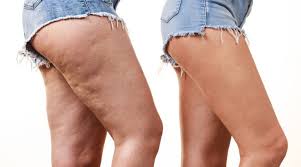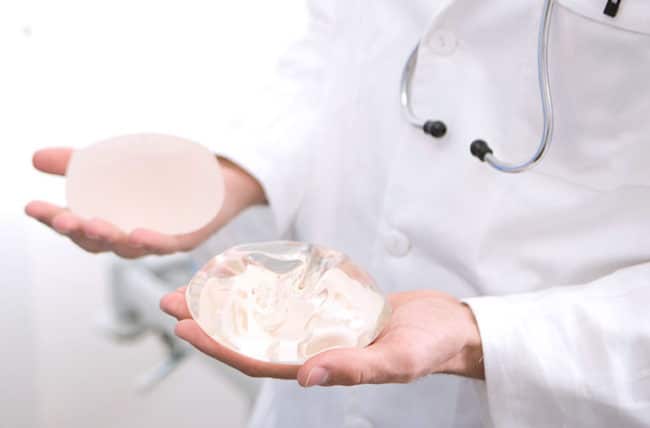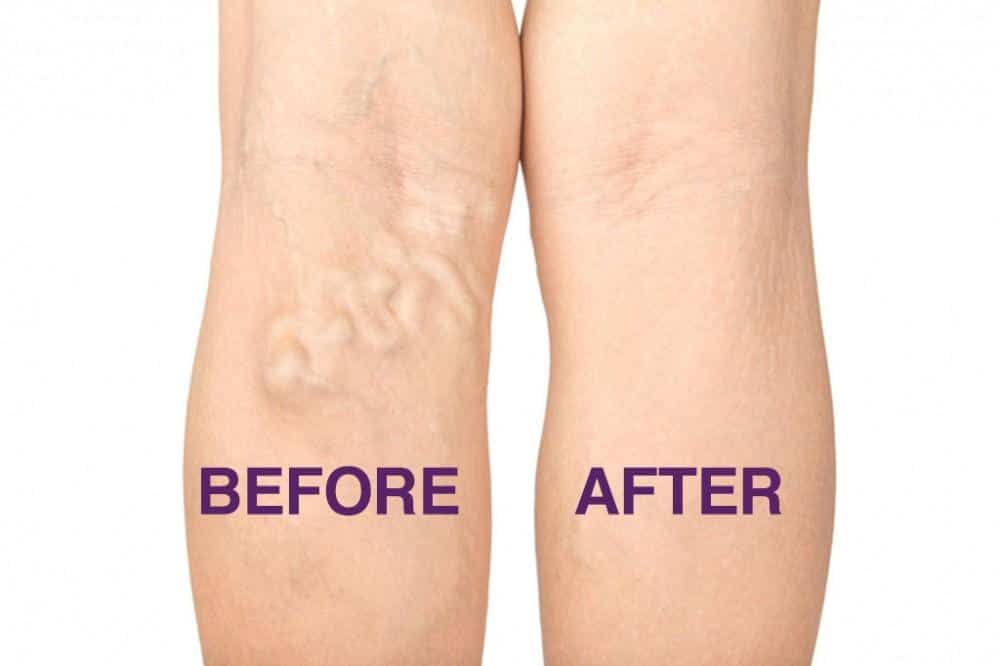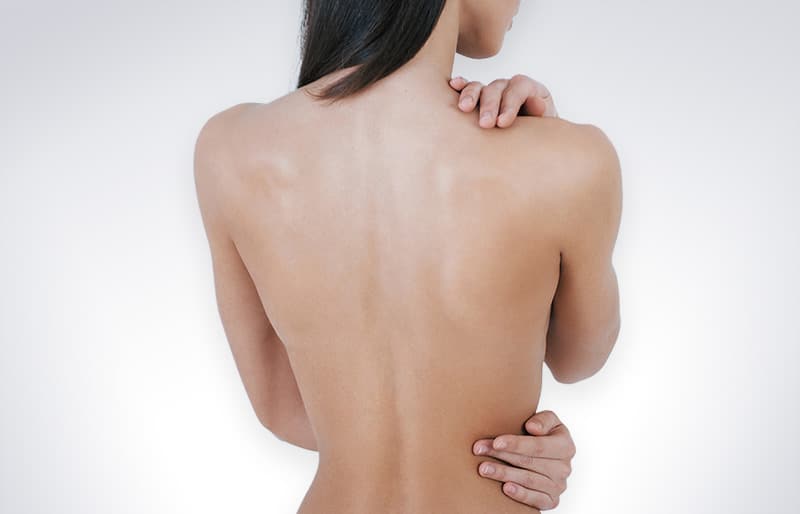Understanding the Technique and Shape
Injection Approach
The unique injection technique of Russian lip fillers involves targeting specific points along the lips. This method is designed to create a lifted, contoured look, enhancing the natural shape of the mouth.
Technicians focus on the lip’s border to increase volume while maintaining a natural appearance. The goal is to avoid overt enlargement that can disrupt facial harmony. Instead, subtle enhancements are made to achieve a fuller pout.
Aesthetic Goal
Russian lip fillers aim for an aesthetic that mirrors the heart-shaped appearance of Russian nesting dolls. This style emphasizes a fuller, more symmetrical pout, enhancing both the upper lip and overall contour.
The approach seeks to balance size and symmetry, ensuring that enhancements complement other facial features. The result is a natural-looking lift that enhances without overwhelming.
Natural Results
Achieving natural-looking results is paramount with Russian lip fillers. The technique focuses on enhancing the lip’s shape and volume without compromising the overall facial harmony.
Practitioners carefully place filler using a syringe to target fine lines, smile lines, and areas around the chin for a comprehensive rejuvenation. The aim is not just to enlarge but to refine and define, creating a subtle yet significant lift that complements the individual’s smile and facial structure.
Comparing Techniques and Products
Injection Points
Russian lip fillers distinguish themselves through unique injection points. This technique targets the lip’s heart to lift and contour, contrasting traditional methods that focus on volume.
The Russian method sculpts the lips, emphasizing shape over size. It requires precise skill and understanding of anatomy. Traditional injections often aim for fuller lips without the same level of detail.
Filler Formulations
Both Russian and traditional techniques use hyaluronic acid fillers. However, their effectiveness can vary based on the formulation and injection strategy.
Russian lip filler procedures may use lighter, more fluid formulations. This allows for a subtle enhancement that emphasizes definition. Traditional fillers might be thicker, aiming to increase volume directly.

Desired Outcomes
Individuals seeking a more defined, doll-like appearance might prefer the Russian technique. It creates a subtle enhancement, focusing on shape rather than size.
Those looking for noticeable volume might opt for traditional injections. These are designed to plump the lips significantly, offering a different aesthetic.
Risks and Aftercare
Potential Side Effects
Russian lip fillers, like any cosmetic procedure, come with their set of risks. Patients might experience bruising or swelling at the injection site. This is common and usually subsides within a few days. However, there’s also the risk of more serious side effects such as infection, filler migration, or an uneven appearance. It’s crucial for patients to discuss these potential complications with their provider before proceeding.
Discomfort during and after the treatment can occur but is often minimized with fillers that contain lidocaine, a local anesthetic. Despite this, some individuals may still find the process somewhat uncomfortable.
Aftercare Recommendations
Following the filler treatment, there are several steps patients can take to reduce risks and encourage healing. Avoiding strenuous exercise, direct sunlight, and extreme temperatures for at least 48 hours post-treatment helps minimize swelling and bruising. It’s also advised to stay away from alcohol and blood-thinning medications in the immediate aftermath to prevent further bruising.
Applying ice packs in short intervals can provide relief from discomfort and reduce swelling. However, it’s important not to apply too much pressure on the treated area.
Qualified Injector
Selecting a qualified injector is paramount to reducing the likelihood of adverse effects and achieving desired outcomes. A skilled professional will tailor the treatment plan to meet individual needs while considering the patient’s facial anatomy for optimal results. They’ll also provide detailed aftercare instructions tailored specifically for Russian lip fillers.
Results and Longevity
Immediate Outcomes
The immediate visibility of results with Russian lip fillers is a significant advantage. Patients often see a noticeable difference in their lip volume and shape right after the procedure. This technique emphasizes a natural look, enhancing the lip’s bow for a more defined yet subtle appearance.
Swelling and redness are common but typically subside within days. The precise method used minimizes downtime, allowing individuals to enjoy their new look almost immediately.
Longevity Factors
The effects of Russian lip fillers can last up to a full year, depending on various factors. Individual metabolism plays a crucial role in how long the results will last. Those with faster metabolisms may find their body absorbs the filler quicker, necessitating earlier touch-ups.
Lifestyle choices also impact longevity. Regular exposure to sun without protection or smoking can accelerate the breakdown of fillers. It’s essential for patients to follow aftercare instructions closely to maximize the duration of their results.
Combination Treatments
Combining Russian lip fillers with other cosmetic procedures can enhance overall facial aesthetics, offering a more comprehensive transformation. However, it’s vital to consult with an expert to determine if you’re a suitable candidate for multiple treatments.
Professionals can advise on the best course of action, ensuring that all interventions complement each other for an even more natural appearance.
Final Remarks
Russian lip fillers offer a unique approach to beauty, blending technique and artistry to craft that sought-after, heart-shaped pout. You’ve explored how they stand out from traditional methods, the variety of products available, and the importance of understanding risks and aftercare for lasting results. Remember, achieving the perfect Russian lips is about more than just volume—it’s about precision and shape. Whether you’re considering taking the plunge or simply curious about this trend, it’s clear that with the right care and expertise, Russian lip fillers can provide a stunning, natural look that enhances your features while maintaining the integrity of your natural beauty.
Before you decide, make sure to consult with a certified professional who can tailor their approach to your specific needs and ensure you’re well-informed about the procedure. Ready for a change? Take the next step towards achieving your ideal aesthetic. Your perfect pout awaits!
Frequently Asked Questions
What are Russian lips fillers?
Russian lips fillers are a technique that emphasizes volume and lift at the center of the lips, creating a heart-shaped appearance. This method focuses on vertical enhancement rather than horizontal expansion.
How do Russian lip fillers differ from traditional techniques?
Russian lip fillers involve injecting small amounts of filler into the lips in a specific pattern to achieve a distinct, heart-shaped look. Traditional methods typically aim for overall volume without focusing on shape.
What products are used for Russian lip fillers?
Hyaluronic acid-based fillers like Juvederm and Restylane are commonly used for Russian lip augmentation due to their effectiveness and safety profile.
What are the risks associated with Russian lip fillers?
Common risks include swelling, bruising, and asymmetry. More serious but rare complications can involve infection or vascular occlusion. Choosing an experienced injector minimizes these risks.
How should I care for my lips after getting Russian fillers?
Avoid strenuous exercise for 24-48 hours, keep hydrated, and do not manipulate your lips. Follow any specific aftercare instructions provided by your practitioner.
How long do results from Russian lip fillers last?
Results can vary but generally last between 6 to 12 months. Longevity depends on factors like the type of filler used and individual metabolism rates.
Can Russian lip fillers be reversed?
Yes, since hyaluronic acid-based fillers are used, they can be dissolved with an enzyme called hyaluronidase if desired outcomes are not achieved or if complications arise.













